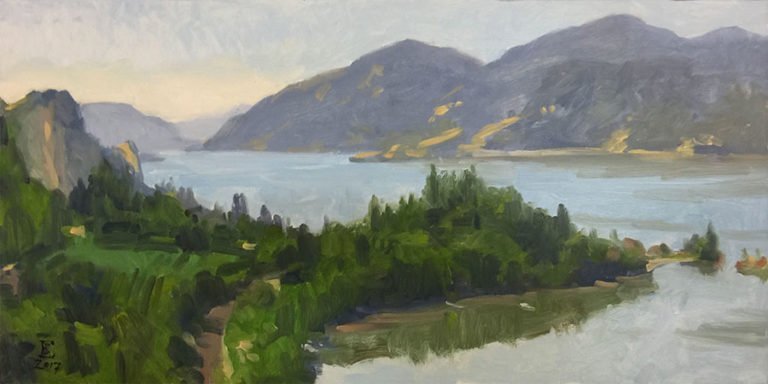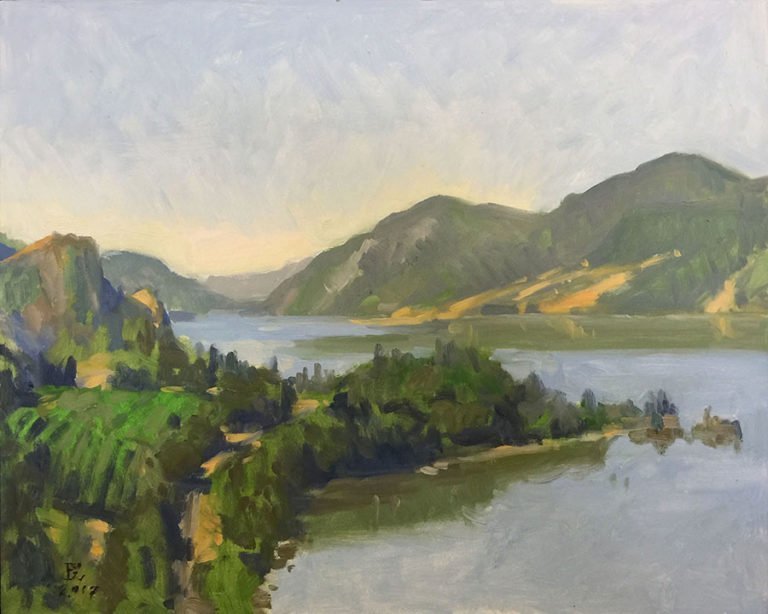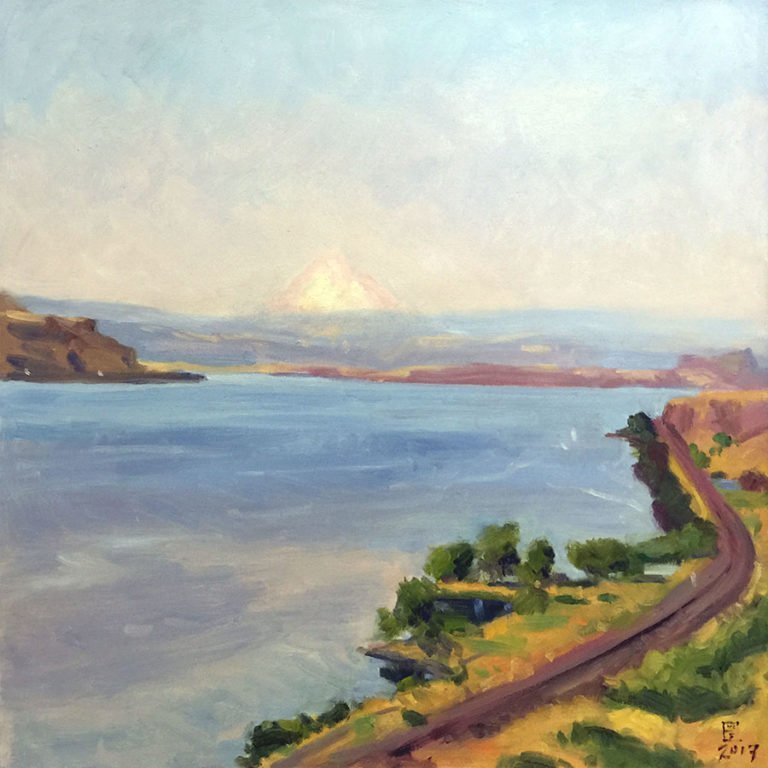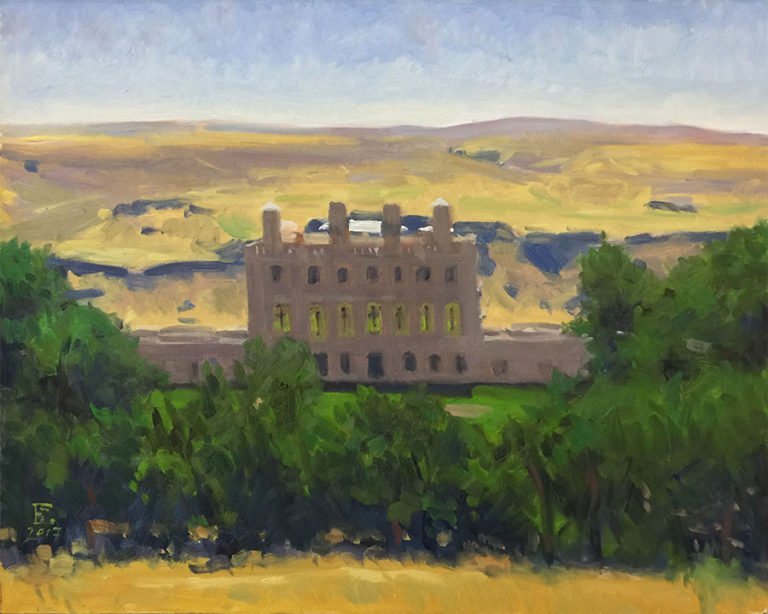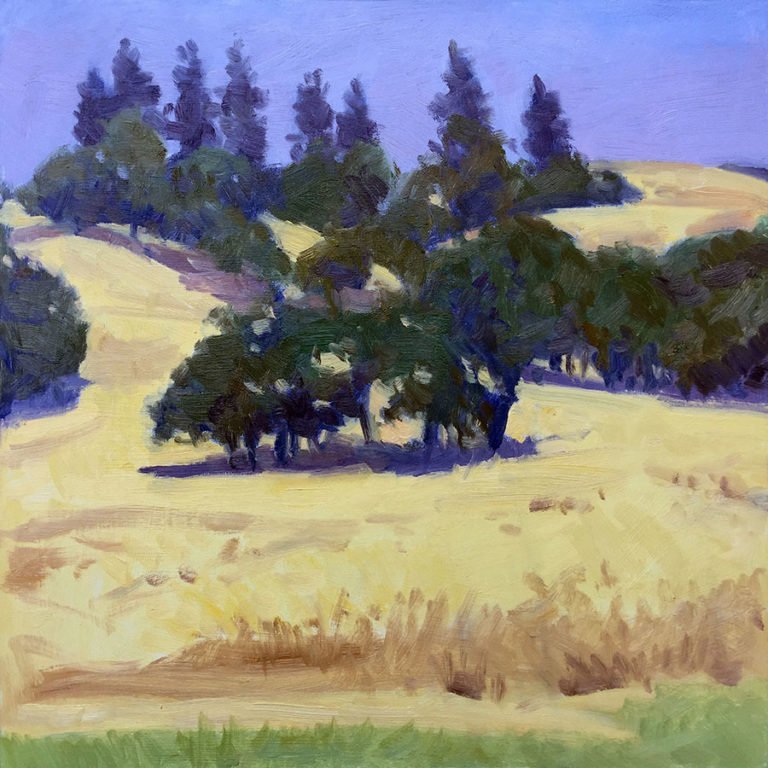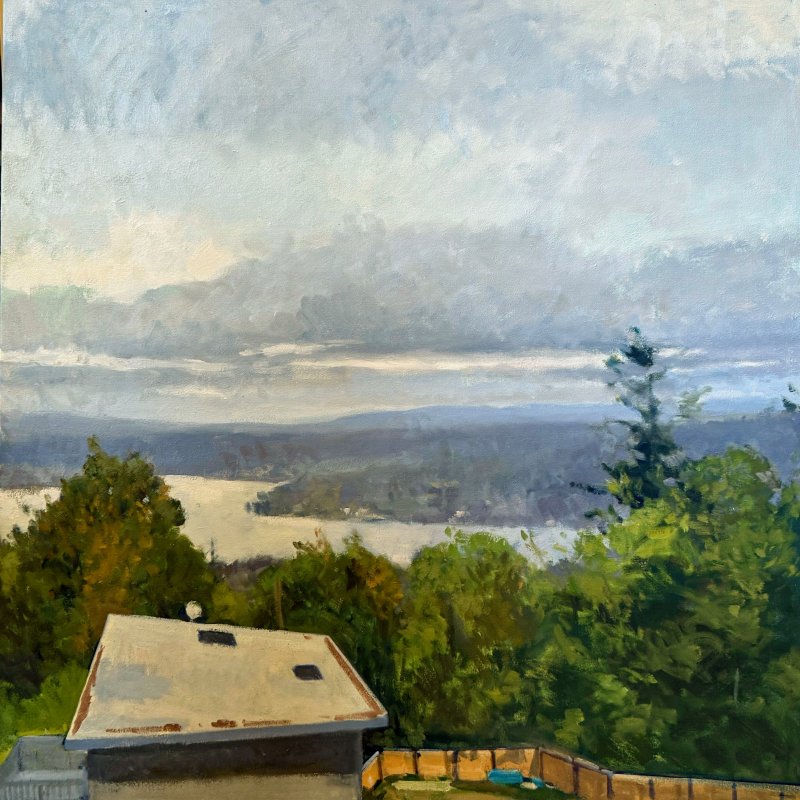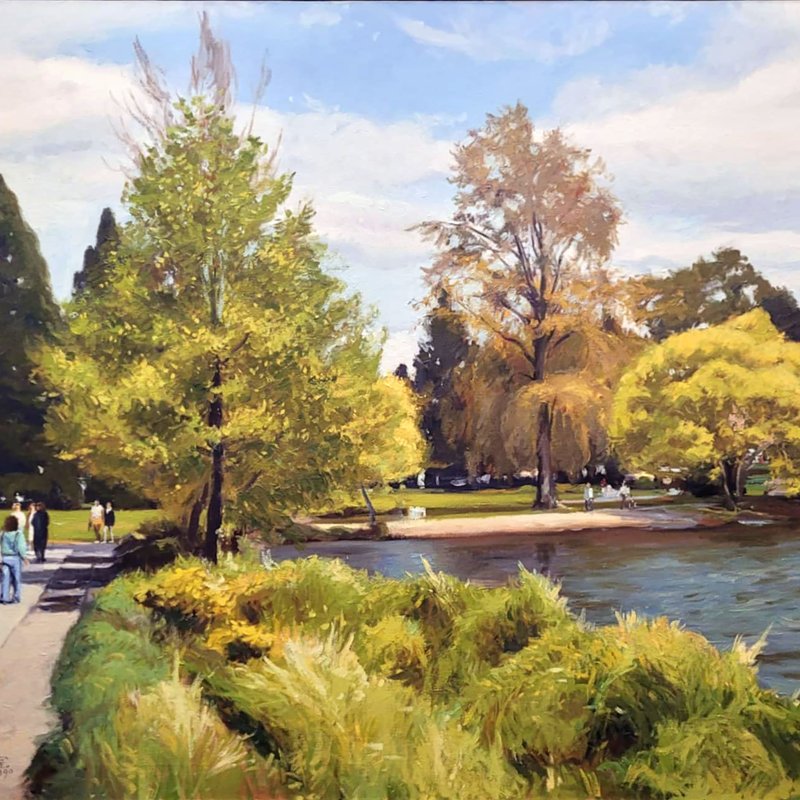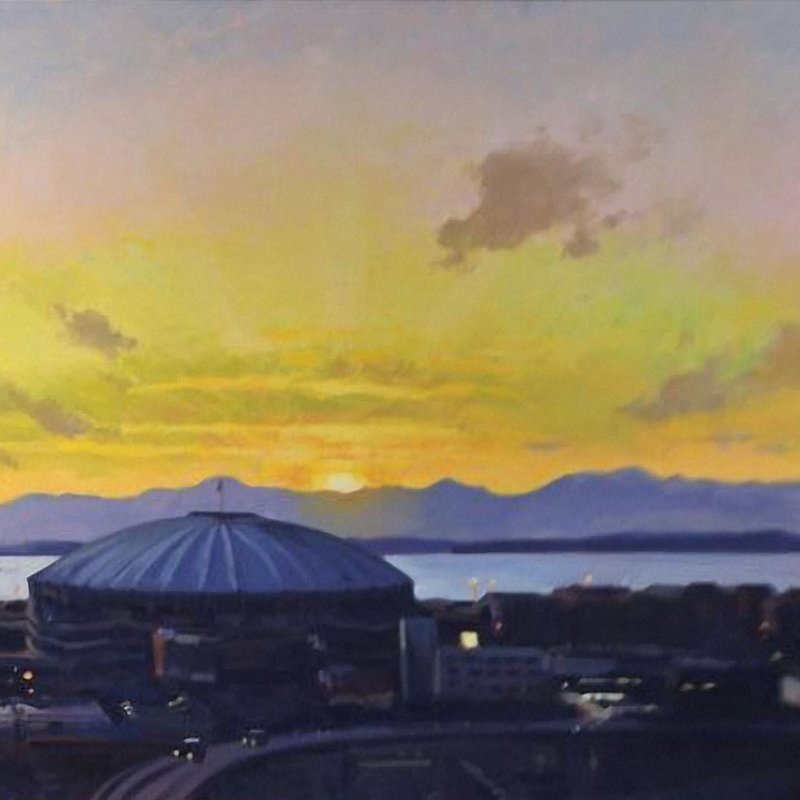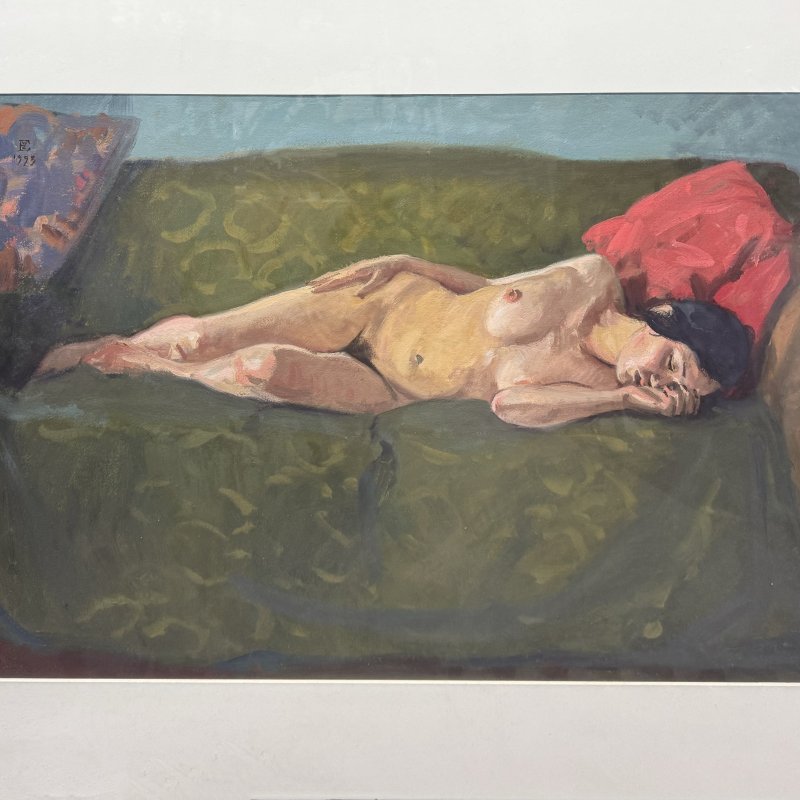Pacific Northwest Plein Air 2017: Maryhill Museum
Author
William E. Elston
Published
Aug 06, 2017
Tags
I spent 4 days participating in the Pacific Northwest Plein Air 2017 event at Maryhill Museum, on the Columbia River Gorge. It was a grueling affair, with temperatures as high as 110 degrees. There were 42 artists involved, and the event culminated in a month-long exhibition at Maryhill Museum, where it will hang until August 27th.
Because of the excessive heat, along with the parameters of the competition, the event became a bit of an endurance test. One must create a minimum of 4 paintings in 4 days. Since the 4th day is devoted to framing, the inevitable touchup and delivery to the museum, there are really only three days to do the paintings. For me that meant doing 4 alla prima studies as quickly as possible so that I could go find a cold beer. I was joined by my friend John Laney, and on one occasion we found the heat so oppressive that we opted for the beer without the painting as prelude.
At the outset of the event there was a post on facebook that addressed a controversy re. what is truly plein air. Must it be done in total on site, or can one work on it in the studio? If worked in the studio, what percentage is permissible? I always look to the old masters for answers to these questions, and I find that the men who virtually invented the art of painting en plein air did not fetishize the process, but did what they felt the painting demanded. They painted outdoors, finished indoors, used photo references at times, and did all in a spirit of lively experimentation. They did not valorize process over results. Posting these mundane observations got me blocked by one purist amongst the ‘pleinairistas,’ but also collected some ‘likes’ as well.
The real value of these events is the opportunity to network with other artists. I often wonder if we couldn’t get beyond the need to turn these gatherings into a competitive blood sport, they might resemble the convivial gatherings of the old art colonies that populated Europe and America at the turn of the last century. I enjoyed seeing some old friends, Cathleen Rehfeld Meyers, Celeste Bergin, etc., and meeting some new ones, Thomas Kitts, Aaron Johnson, Bhavani Krishnan and Matt Sterbenz.
#pnwpleinair2017 #oilpainting #pleinair #landscape #art #maryhillmuseum #pacificnorthwest #columbiarivergorge
-
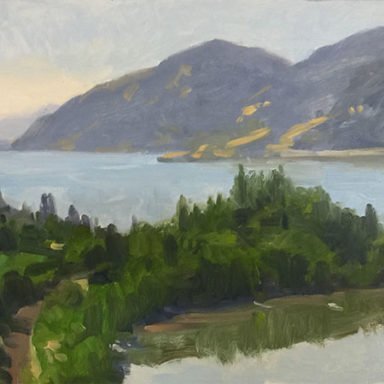
View From Claire's (Griffin House) 2, oil on panel, 12 x 24 inches, copyright ©2017
-
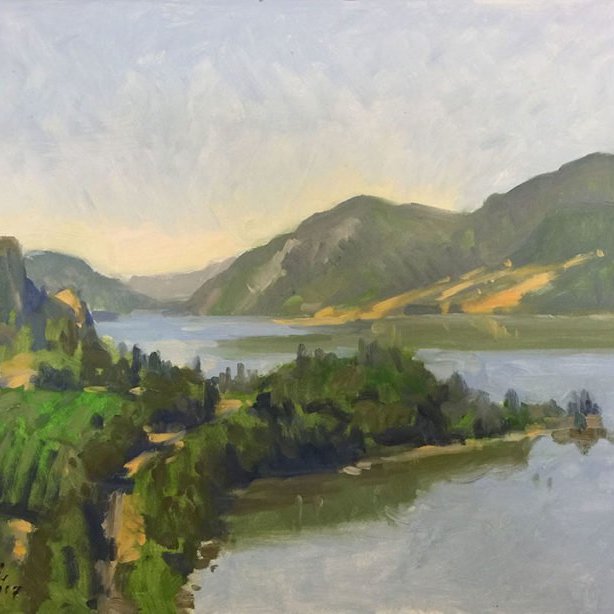
View From Claire's (Griffin House) 1, oil on panel, 16 x 20 inches, copyright ©2017
-
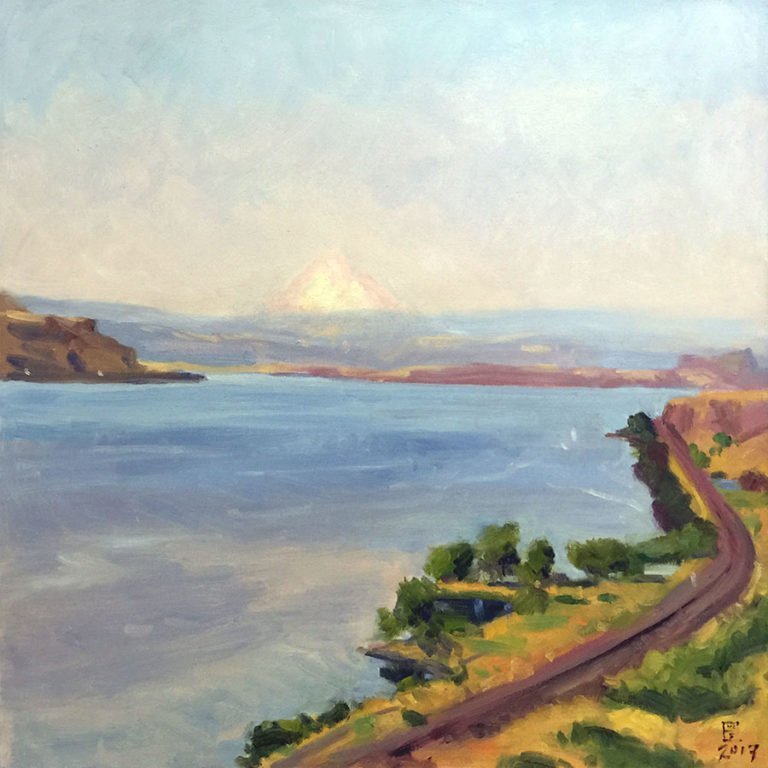
Mt. Hood, August 3, 2017, oil on panel, 18 x 18 inches, copyright ©201
-
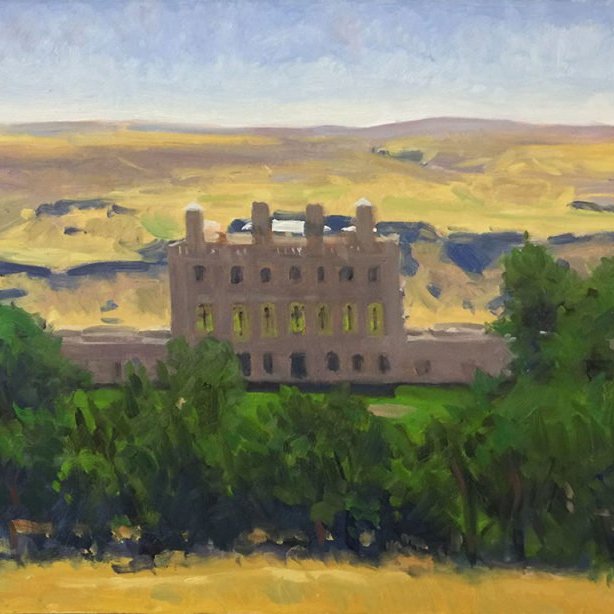
Maryhill View From Hwy 14, oil on panel, 16 x 20 inches, copyright ©2017
-
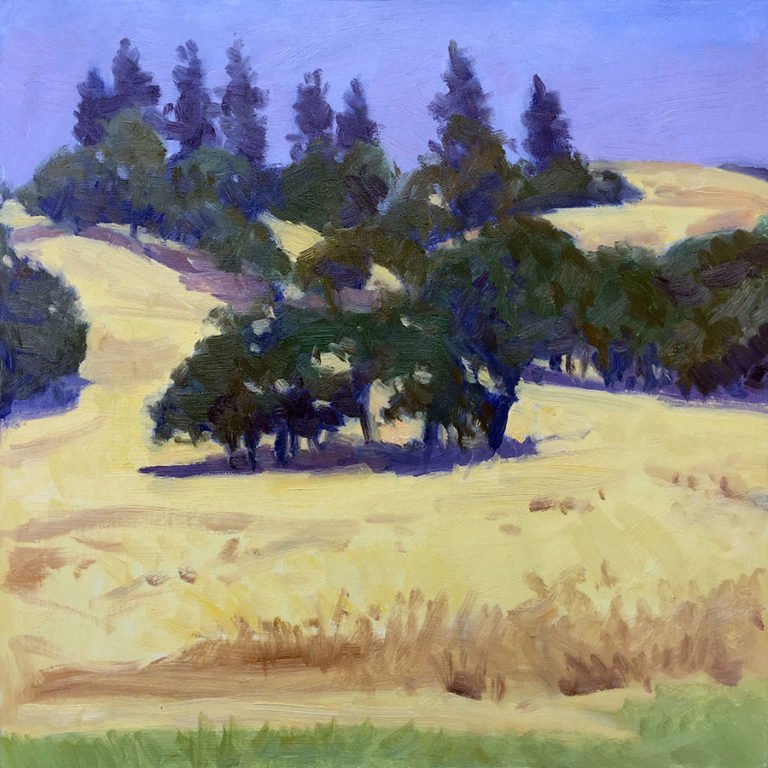
Hillside at 191 Old Highway, oil on panel, 12 x 12 inches, copyright ©2017
Most recent articles
If you have an inquiry...
Please send a message.
Questions pertaining to acquiring works, enrolling in classes or workshops, or any related matters can be sent here. Gallery inquiries welcome.
